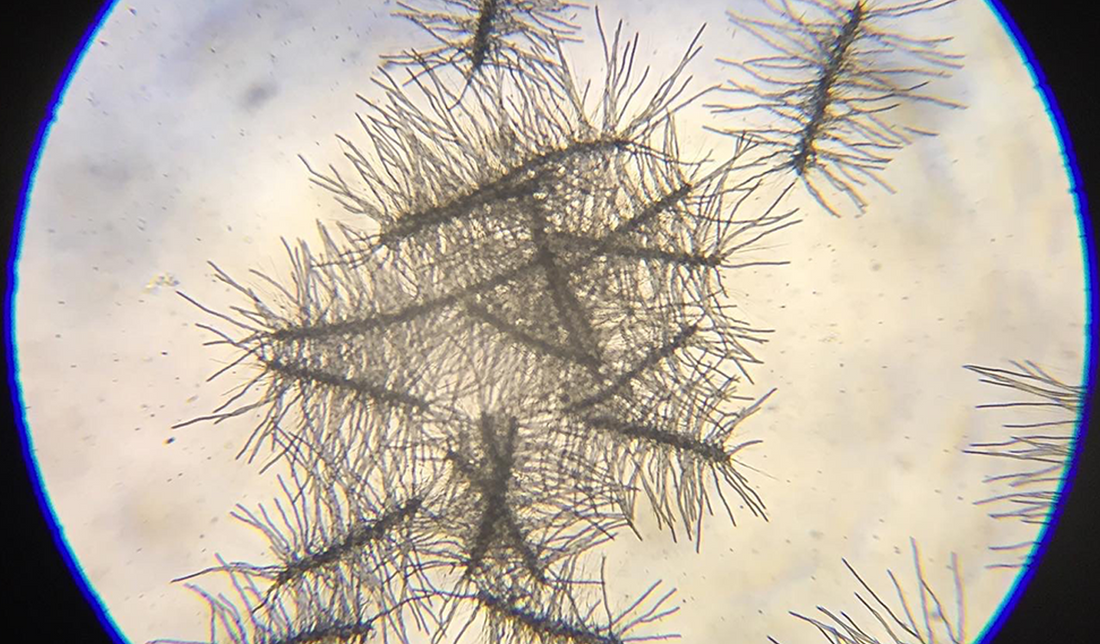“Discernment is critical to the upholding of Truth, with the bombardment of information available in the 21st century ” -William Padilla-Brown
Over the past 4 years I have been working with mushrooms, and studying fungi. Last year began experimenting with the cultivation of Spirulina a cyanobacteria, referred to as microalgae, or marine phytoplankton. My interest in microalgae has grown recently due to the discovery that I could use them in my mushroom grow rooms to cycle the co2 the mushrooms produce in a closed loop system. Over the past 4 months I have been studying micro algae, things I discovered clashed with my previous understanding of phylogenetics(Evolutionary History).
Being that I’m interested in Mushrooms everyone always shows me anything Paul Stamets does. While listening to one of Stamets Ted talks he said “Most of you may not know that fungi were the first organisms to come to land. They came to land 1.3 billion years ago, and plants followed several hundred million years later.” I took this to be Truth, as I backed this statement with molecular research done by Blair Hedges at Penn State in 2001 (1), which states “One of the first steps toward the colonization of land by eukaryotes may have been the formation of a lichen symbiosis, perhaps an endosymbiosis of a fungus and a unicellular cyanobacterium. Presumably, this would have led to other symbioses between fungi and phototrophs. Lichens and free-living cyanobacteria, often with bryophytic plants, form a biological crust in harsh terrestrial environments today and may have done so in the Neoproterozoic (900 to 544 Million years ago) or even earlier, perhaps along with extremophilic animals such as tardigrades”
In the early Archean Eons of the Precambrian period the first living organisms developed in the waters of our Planet. All life at the beginning was bacterial converting the inorganic elements into organic compounds. The first photosynthesizing organisms were a group of bacteria known as the cyanobacteria. Mounded colonies of cyanobacteria collected sediment that reacted with calcium carbonate in the water creating limestone called stromatolites. Stromatolites have been found as fossils in early Archean rocks of South Africa and western Australia.(2)
Blair Hedge’s molecular research states Cyanobacteria formed around 2.6 billion years ago (3) Yet the oldest fossils ever discovered are Cyanobacteria formed around the Eoarchean eon (4 to 3.6 billion years ago) (4) Cyanobacteria which can be blue, green, red, or pink, can, and do grow on land. Pink cyanobacteria commonly grows on GreenHouse panes.(5) Bacteria, possibly the Cyanobacteria were the first organisms on land.
